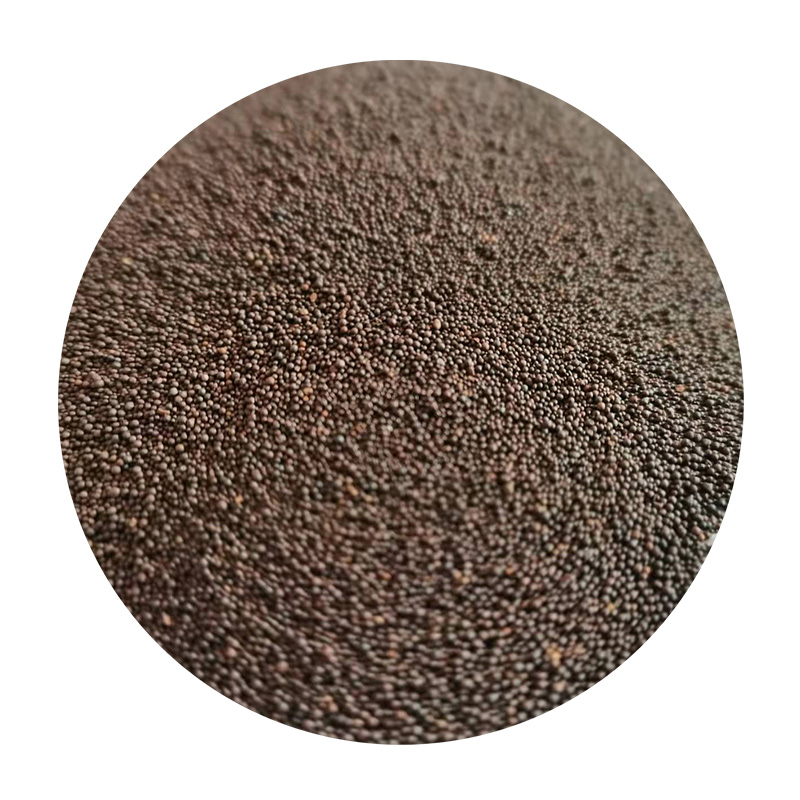Cast Iron Sand Casting An Overview
Cast iron sand casting is a fundamental manufacturing process used to create complex metal components with precision and durability. This method leverages the properties of cast iron, a versatile alloy known for its excellent casting characteristics, strength, and wear resistance. As industries evolve and demands for intricate designs escalate, sand casting remains a popular choice due to its unique advantages.
The process begins with creating a mold from sand, which is often mixed with a binding agent to enhance its cohesiveness. The sand mold is meticulously shaped to form the negative impression of the desired object. This could be anything from engine blocks to industrial machinery parts. The sand's ability to retain shape and withstand high temperatures makes it ideal for casting metals like cast iron.
Once the mold is prepared, molten cast iron is poured into the cavity. The temperature of the molten iron, generally around 1400°C (2550°F), allows it to flow smoothly into every detail of the mold, ensuring that the final product captures all intricacies of the intended design. It is crucial to control the pouring temperature and speed to minimize defects such as air pockets and inclusions, which could compromise the integrity of the finished part.
cast iron sand casting

After the molten iron has cooled and solidified, the next step is to break away the sand mold. This process, known as shaking out, reveals the cast iron component. The sand can usually be recycled and reused, making this process environmentally friendly and cost-effective. Once the component is extracted, it may require additional finishing processes such as grinding, machining, or coating to achieve the desired specifications and surface finish.
One of the key advantages of cast iron sand casting is its ability to produce complex shapes that may be challenging or cost-prohibitive with other methods
. The flexibility of sand molds allows for the creation of not only simple designs but also intricate features and thin walls. Furthermore, cast iron's inherent properties, such as its excellent castability and ability to withstand significant stress, make it suitable for a wide range of applications across various industries including automotive, construction, and machinery manufacturing.However, like any manufacturing process, sand casting does have its challenges. The quality of the final product can be influenced by several factors, including mold preparation, the quality of the sand, and the pouring technique. Continuous improvements in technology and materials are addressing these issues, leading to enhanced precision and efficiency.
In conclusion, cast iron sand casting remains a cornerstone of modern manufacturing, thanks to its adaptability and cost-effectiveness. As technology progresses, the process is likely to become even more refined, paving the way for innovative designs and applications in the future.
Post time:अक्टूबर . 03, 2024 20:41
Next:Como funciona o processo de fundição em areia e suas aplicações
